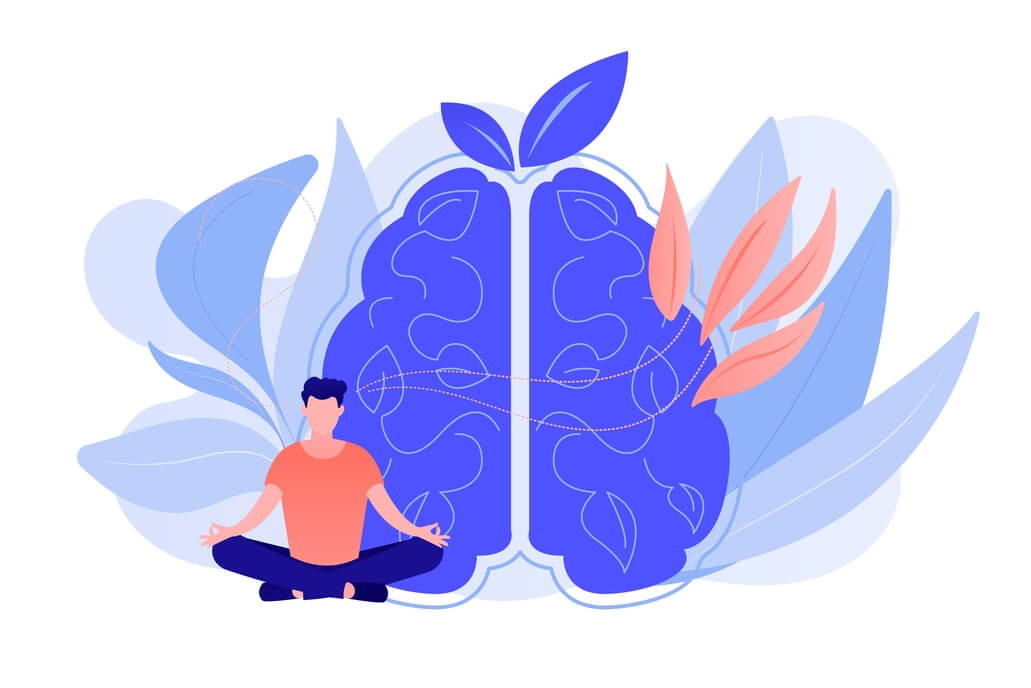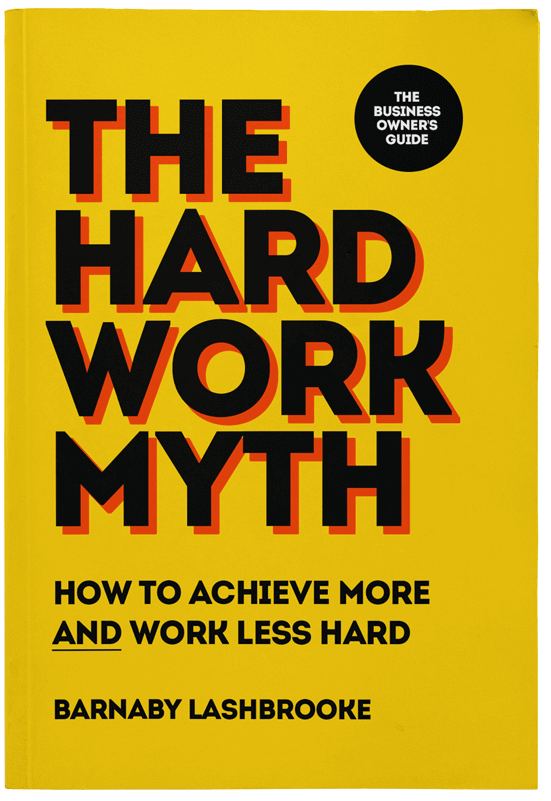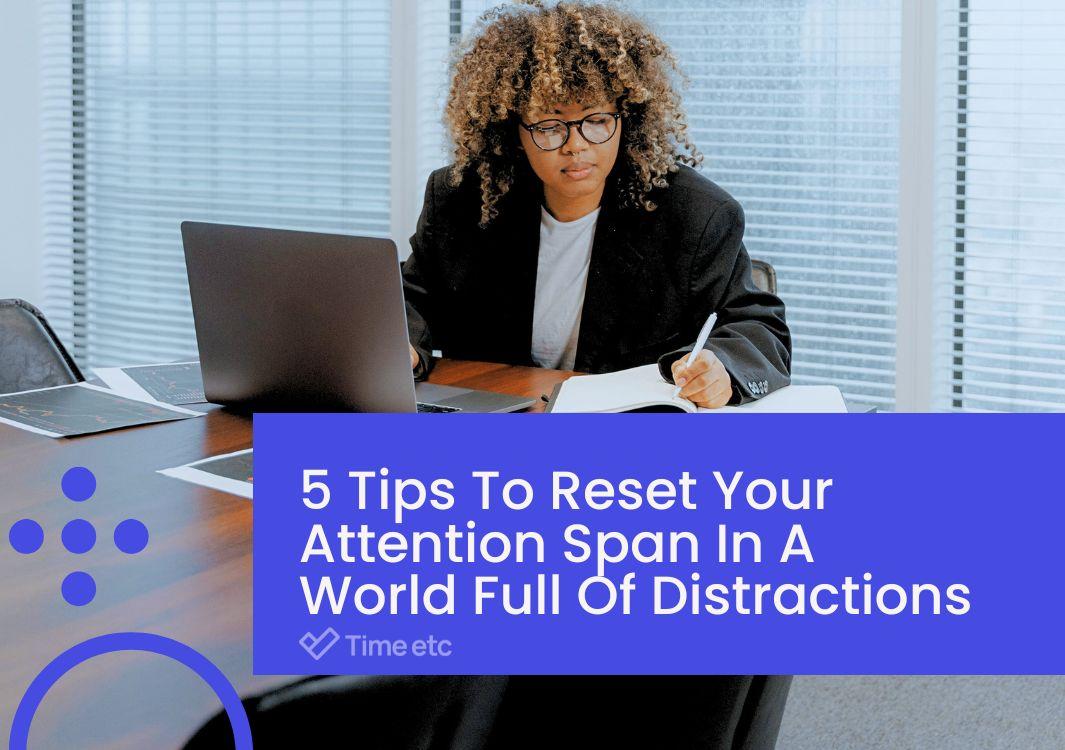We live in the age of distractions. With an unprecedented amount of information and entertainment at our disposal, it’s remarkable we get anything done at all. But it doesn’t mean there’s nothing we can do to fend off distractions and procrastination.
Believe it or not, focus is a skill. The more you train, the better you’ll be at staying focused for longer.
However, distractions and procrastination look different for everyone. It depends on your lifestyle, where you work and what kind of work you do, with whom you work, and the emotional and physical energy required to complete each activity. So, there are no one-size-fits-all solutions to avoid distractions and beat procrastination.
To increase your focus, it’s important to understand how distractions get the best of you and why procrastination happens. Once you understand the underlying causes, it’ll be easier to implement the right tools and techniques to overcome your unique distraction challenges.
The Cost of Distractions
If you easily give in to distractions and procrastinate important tasks, you’re not alone. Estimates suggest that in America, 15% to 20% of the population are chronic procrastinators.
The number goes up if we include situational delay, or putting off specific boring or stressful tasks like buying insurance, saving for retirement or filing taxes. For example, four in five people put off starting their retirement savings plan, even when they know how important it is.
Calgary University professor Piers Steel has found similar data showing that 1 in 4 people struggle with chronic procrastination, which is causing a staggering “0.5 percent drop in gross domestic product in the United States, costing the economy $70bn a year.”
But why are distractions so harmful?
A study from the University of California Irvine found “it takes an average of 23 minutes and 15 seconds to get back to the task.” So, it’s not just about the time you spend on a distracting activity. The time you spend regaining focus also adds up.
If you get distracted 3 times a day, you waste an hour just trying to focus again. In that time, your performance and productivity drop.
But how do you go from a seemingly quick distraction to procrastination?
How distractions trigger procrastination
The first thing we need to understand is why people procrastinate.
Tim Pychyl, the author of Solving the Procrastination Puzzle and Associate Professor in the Department of Psychology at Carleton University, defines procrastination as “a purely visceral, emotional reaction to something we don’t want to do.”
In other words, procrastination triggers are emotional, not rational. Professor Pychyl describes eight procrastination triggers:
- Boredom.
- Frustration.
- Difficulty.
- Stress.
- Ambiguity.
- Unstructured tasks with no defined processes.
- Unrewarding jobs.
- Meaningless jobs.
So, when faced with negative emotions such as anxiety, fear, boredom, or stress caused by these triggers, a distraction can be a gateway to procrastination.
For example, a notification rings just as you’re about to start a report you’ve been dreading doing. You check the notification, and while you’re there, you feel you could check your WhatsApp messages real quick. You chat with a friend who shares a video with you. Before you know it, it’s been a couple of hours and you’re deep into a YouTube rabbit hole.
It’s important to note that some distractions are inevitable. You can’t control when someone in your office stops by for a quick question, or when your kids get bored if you’re working from home.
However, there are plenty of distractions you can minimize or eliminate. Are you wasting too much time looking up stuff on your messy desk? Take 30 minutes to tidy up.
Another issue is that people find it difficult to tell the difference between delaying a task and procrastinating.
Delaying results from time management. Prioritizing some tasks means others take the backseat but will still be completed.
Procrastination is a maladaptive habit that results in putting off important tasks, often by doing other less important ones. What’s worse, it reinforces the negative feelings associated with the activity you’re putting off. In turn, you’re more likely to keep avoiding it.
For example, delaying is replying to emails until after you’re finished with a presentation due to EOD. Procrastinating is starting the presentation at the last minute because you organized your email inbox first.
The inability to tell the difference between delays and procrastination means it’s more difficult for people to use the right solutions for their problem, or to even recognize there is a problem at all.
Now that you know how distractions and procrastination works, let’s see which tools may help.
Tools to block distractions and reduce procrastination
ColdTurkey
https://getcoldturkey.com
The internet is a minefield of pesky distractions. So, your first line of defense is to block them. That’s where solutions like ColdTurkey come into play.
Essentially, ColdTurkey is an app that cuts off access to websites, files, and applications on your computer.
It works with blocks, or lists of elements you want to restrict. You can assign each block a different blocking mode — continuous or based on a schedule.
It also has a Pomodoro option with customizable intervals of blocks and breaks, and different lock modes to make the blocks easy or virtually impossible to disable.
If you want to avoid using the computer at all, the Frozen Turkey mode logs you out or even turns off the computer altogether as scheduled to give you a much-needed screen break.
Unlike other similar apps, ColdTurkey is very hard to uninstall, which means it’ll take you a long time to find a workaround to watch that YouTube video instead of working.
ColdTurkey is available for macOS. It has a free version and a $39 lifetime license.
Alternatives: SelfControl, StayFocused
Stay Focused
https://www.stayfocused.me
If your phone is a big distraction, installing an app blocker is a good idea.
From all the options in the Play Store, Stay Focused does a great job of blocking distracting apps and websites. Like most blocking apps, you create different lists to control and restrict access to these apps as needed. The free version has basic functionality and may be all you need, but power users will benefit from shelling out the $2.99 a month for the subscription.
Alternative: Freedom
RescueTime
https://www.rescuetime.com
The first step to stop distractions is by knowing what’s making you distracted. And there’s no better way to find out than tracking your time.
RescueTime logs everything you do on your computer and presents you with neat stats about your screen time.
Some operative systems like macOS already have some basic screen time logging functionalities, but RescueTime goes much deeper than that, allowing you to find patterns of distractions and time-wasting activities.
RescueTime is free with basic functionalities, with paid subscriptions available.
Alternative: Activity Watch
Rocket 135
https://play.google.com/store/...
There are a ton of task management apps out there, but automation is becoming a rising factor in how we schedule our time.
Rocket 135 takes advantage of automation capabilities to create a schedule for you based on your deadlines, goals, and priorities. It’s also a fantastic way to make a more realistic to-do list, as it only schedules a certain amount of tasks each day, keeping things simple and manageable for you.
Be Timeful
https://www.betimeful.com/
It’s no secret that social media is a massive distraction. But what if you can’t block it entirely? Maybe you need it for work. Maybe you really just mean to take a 5-minute break to catch up with family and friends.
However, we all know that more often than not, those 5-minute breaks turn into an hour of mindlessly scrolling down your feed.
The Be Timeful browser extension promises to save you “2 hours daily by making social media less addictive.” It strips social media of all the distracting elements designed to keep you on the platform as long as possible, like posts or video suggestions and trending topics.
Techniques to beat distractions
You’re probably familiar with the Pomodoro technique. With this method, you break down your work into four 25-minute sessions, with 5-minute breaks in between. After four sessions, you get a longer, 15-minute break.
This has been a popular productivity technique in the last few decades, as it helps people get started with their tasks and get in the right mood for productive work. However, it’s not without its detractors. If you need longer stretches to get in the right mindset for deep work, you might find 25-minute sessions too short.
Luckily, the Pomodoro technique is not the only productivity method out there.
The 52-17 rule
If longer work sessions are more in tune with your work and energy levels, try breaking them down into 52 minutes of work and 17 minutes of rest.
Why are these numbers so specific?
Studies show that, on average, that’s how the most productive workers organize their work and break sessions.
The key here is to work with purpose each session, and then take breaks the right way.
You can call it deep work, or flow state, or the 100% dedication theory. The idea is to get into a comfortable rhythm of work where you are fully focused on the task at hand. So, you’re either fully working or fully resting.
Break down your tasks into smaller parts
In his book Effortless, George McKeown proposes one simple way to get started with any project effortlessly. Identify the smallest task, or the minimum viable action, you need to do to complete it. Ideally, this task is simple and low-risk.
One way to go about this is by making a chart with all the steps you need to complete a project. Break them down to an atomic level, and start with the tasks at the very bottom.
This does not make it easier to start by giving you a clear short-term goal and more clarity about the process — it also helps with motivation. Even a minor accomplishment feels good, which makes it less likely for you to procrastinate next time.
Start with 5 minutes
It’s very common for chronic procrastinators to put off getting started with a task. More often than not, this is because of the anticipation of negative feelings associated with it. But there’s one simple way to hack your way out of putting off getting started.
Tell yourself you’re only working on the task for five minutes. Set up a timer for that time and start. More often than not, you’ll find yourself with the motivation to continue doing the task. Instagram CEO Kevin Systrom has found this trick useful to beat procrastination.
Why does this work? First, it lowers the stakes. After all, five minutes is a tiny commitment. But it also gives you back some of the control we feel we lose when we can’t avoid doing something we dislike.
It also diminished the cost of the activity, which can be:
- An emotional cost, like fear or anxiety.
- An opportunity cost, like missing out on other activities.
- An effort cost, or how much energy it takes from you.
As the cost increases, motivation decreases. So, 5-minutes of work is less costly than two hours of work. So, we’re more motivated to make that small commitment.
Batch your work
Context switching, or moving from one task to another too quickly, can also impede your productivity. As we mentioned before, it can take up to 23 minutes to recover your focus after a distraction. Context switching can have the same negative effect.
So, organizing your work in batches of similar tasks will prevent task switching, and leverages the flow you’ve achieved, and getting more quality work done faster.
Time management matrix
Sometimes called Eisenhower’s matrix, this time management framework was expanded upon and popularized by Stephen Covey.
He proposed that each activity should be placed in the matrix with four quadrants based on urgency and importance:
-Quadrant 1: Urgent and important
-Quadrant 2: Not urgent but important
-Quadrant 3: Urgent but not important
-Quadrant 4: Not urgent and not important
What’s the difference between urgent and important? Urgent activities often have a deadline or time limit. Think presentations and reports. In contrast, important tasks are vital to the growth of your business or career but can be postponed without immediate repercussions. Think project planning, for example.
One major benefit of this matrix is showing you where to put your effort and attention, and which tasks are not contributing to your goals.
Scale down your stack
How many apps and services do you use? And how much time do you spend switching between them?
RingCentral found that 69% of workers waste up to an hour each day navigating between communications apps. That wasted time adds up to 32 days per year.
Just like a messy desk is distracting, a messy, bloated stack is just as inefficient. If you work for a company, you might not get a choice on the tools you use, but you can make your personal stack leaner.
In recent years, more and more services on the market claim to be solutions to either replace several apps or to organize and access information from several services in one place. These are a great place to build your stack around.
However, getting too fixated on tools at the cost of getting things done is also a way to procrastinate. To avoid getting carried away with tinkering with apps, schedule your time to research and try new tools, and think about how they fit the solutions you’re already using.
How to detect you’ve been distracted
Before you implement any solution, it’s vital to notice when you’re getting distracted. It doesn’t just help you find out the best way to recover your focus. Most times, being able to tell when you just got distracted can help you return to your activity faster.
Time tracking
One way to notice your distractions is by time tracking. In the short term, knowing you're keeping track of your time can make you more aware of how you’re spending your time. And in the long term, the data you get from weeks and even months of time tracking can give you insights into how you spend your time. For example, which activities do you turn to for distractions? Are there any tasks you avoid more than others? Is there a time of the day or a location where you get more distracted?
The more you understand your patterns of focus and distraction, the easier it will be to eliminate the distractions and make the most out of your focus periods.
Mindfulness
Mindfulness is being aware of your thoughts, feelings, and actions. While this isn’t a skill you can pick up in a day or two, it is worth the effort. The most common path to be more mindful is meditation.
A common misconception about meditation is that you eliminate all thoughts. However, meditation is actually about observing the thoughts that inevitably come to your mind without engaging with them. If during a meditation session you start thinking about dinner, you observe you are thinking about dinner, and let that thought go instead of going through a mental list of all the takeout places in your area.
You can also set an alarm on your phone to remind you to stop and be mindful. For example, you can set up a reminder every half an hour to remind you to stop, take a breath, and be aware of what you’re doing, thinking, and feeling.
Something else you can do is perform one action mindfully. If you’re eating, turn down Netflix, and notice your food — the tastes, textures, temperature, smells, how it feels in the mouth, and how eating the food makes you feel.
Over time, these small meditations will help you build more awareness, which will help you notice those periods of distraction.
Time management techniques and distraction-blocking apps certainly help reduce distractions and cut down on procrastination. However, procrastination comes from trying to soothe negative emotions. Without addressing the root cause, all the apps and techniques will only help temporarily.
The good news is with so many resources available, you’re bound to find a solution that works for you.







